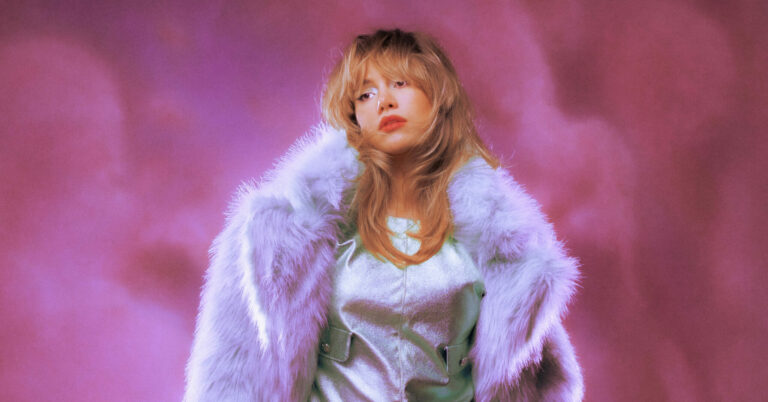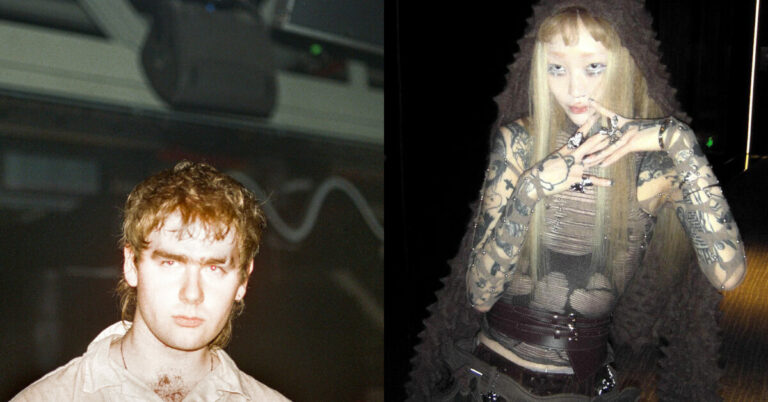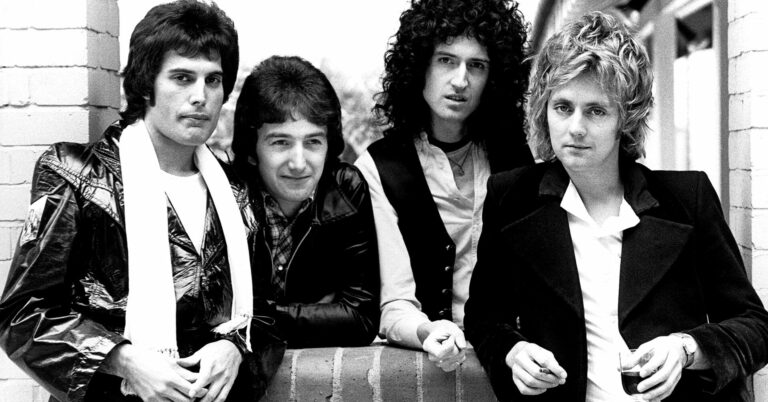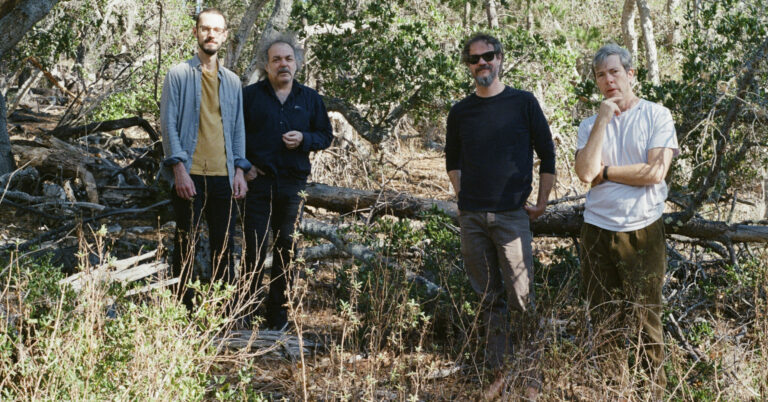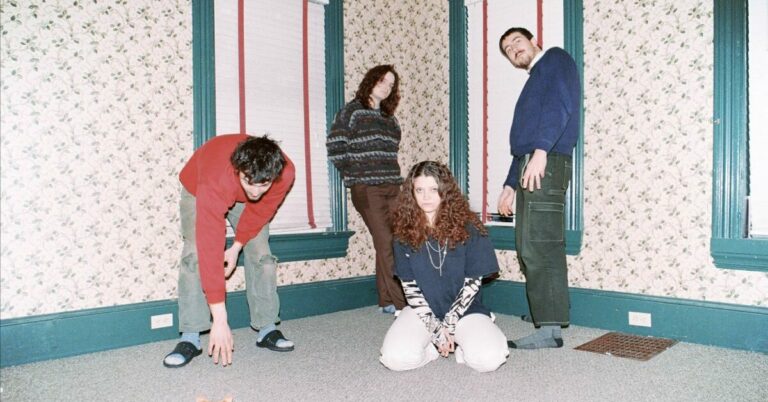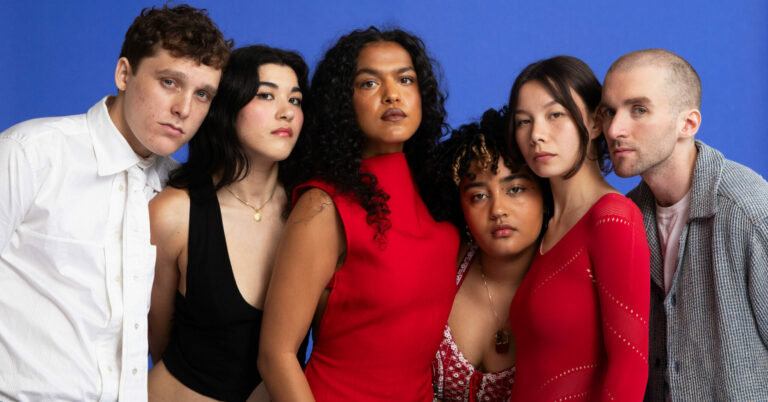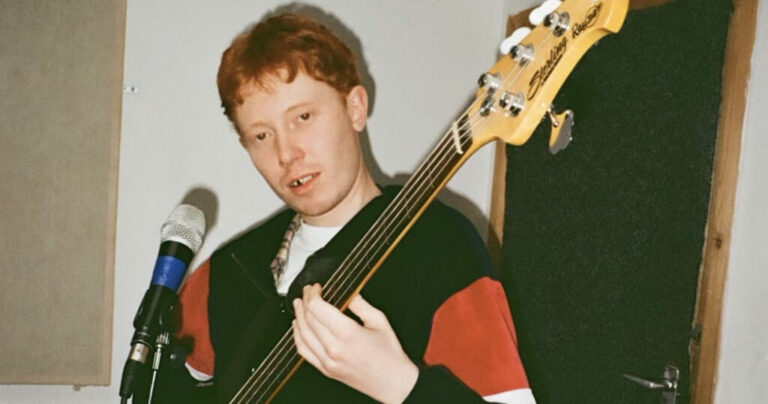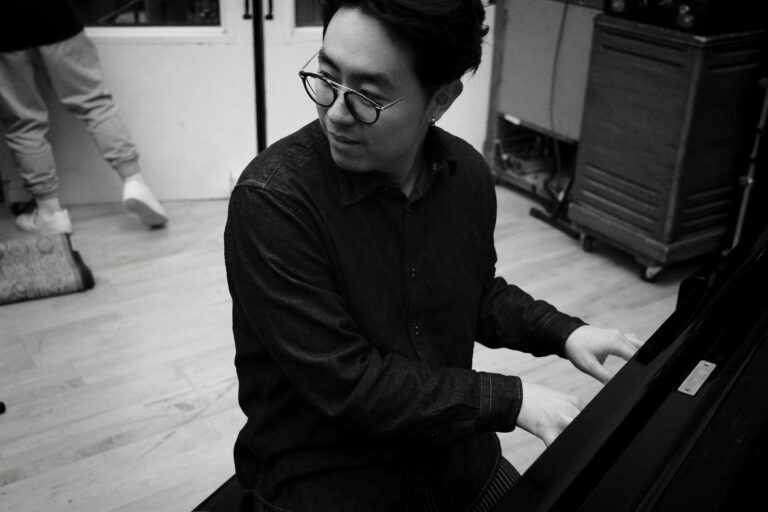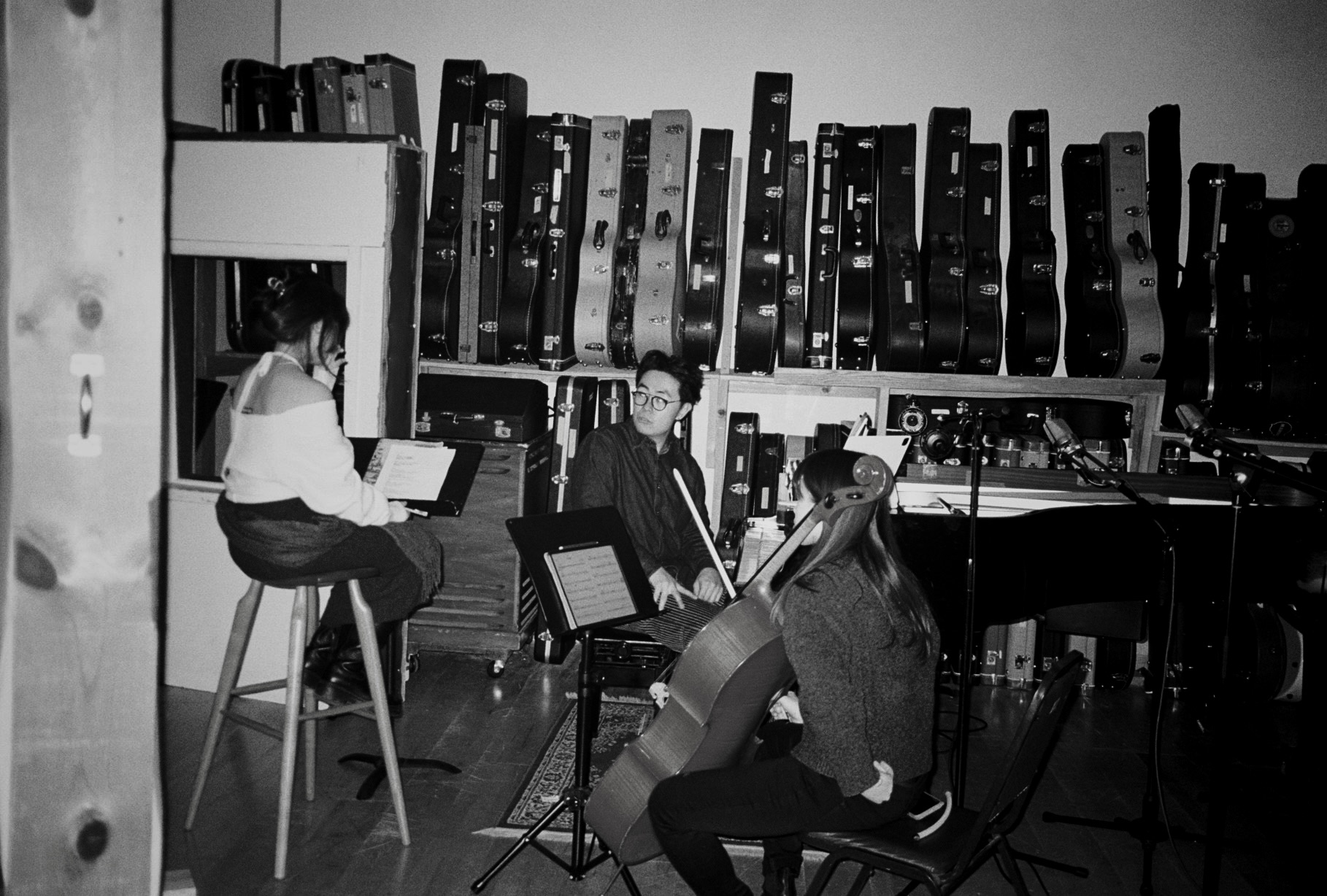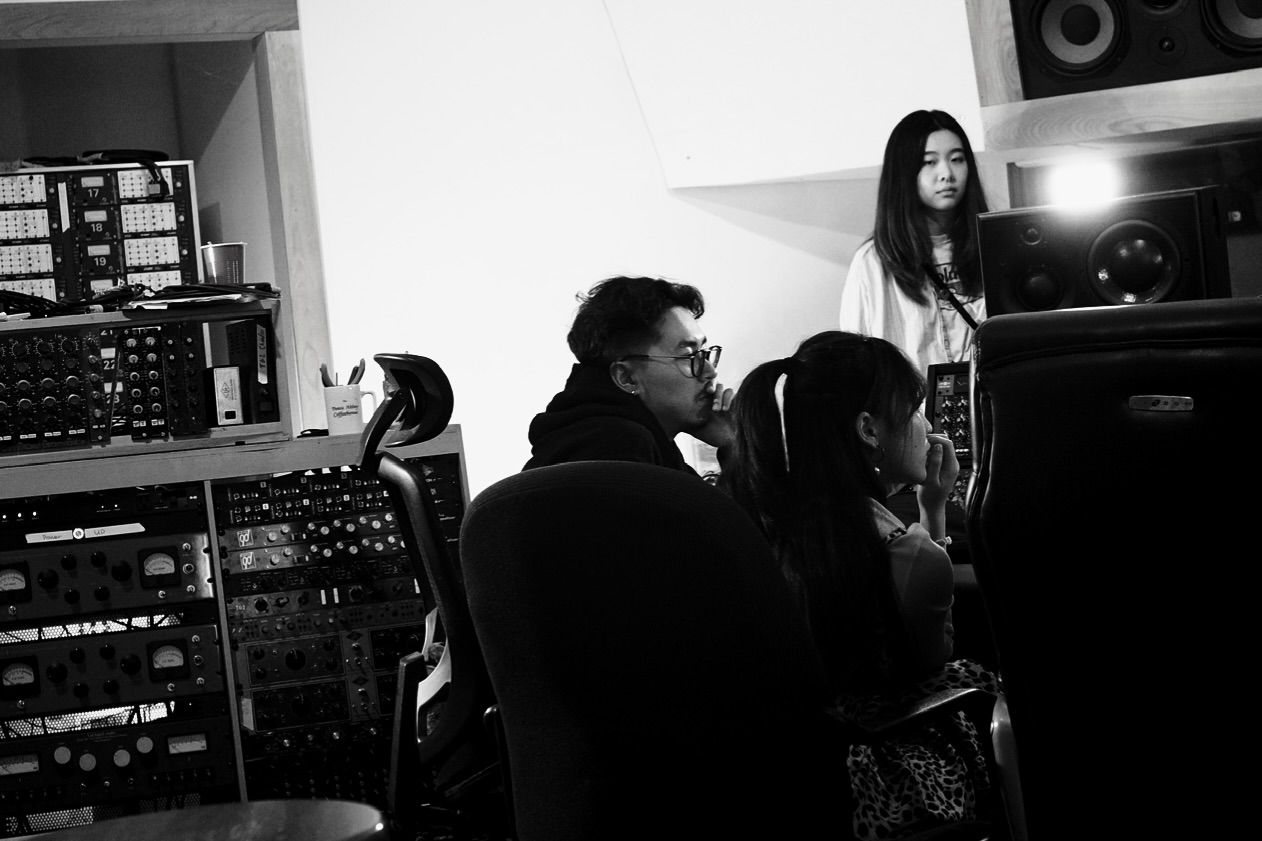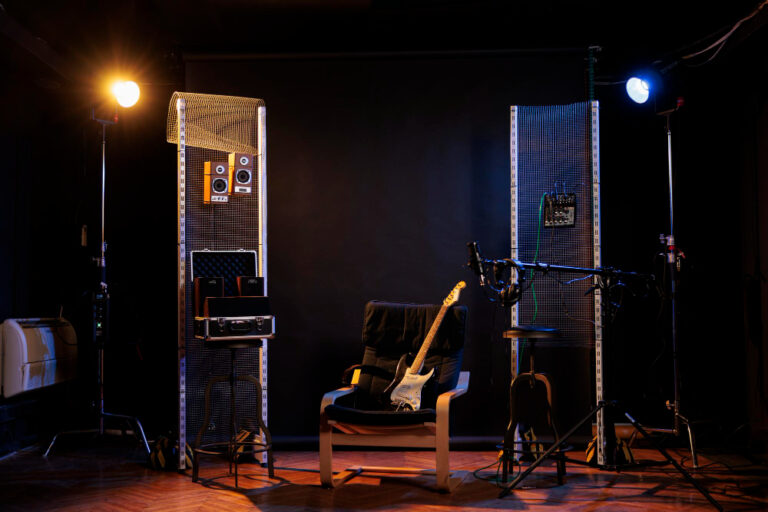Recording your music in a professional studio can significantly elevate the quality of your final product. The expertise, equipment, and acoustic environment of a professional recording studio ensure that your music reaches its full potential. From the precise placement of microphones to advanced signal processing, each element is refined to enhance your sound. Let’s take a dive on the impact of a professional space like TYX Studios on the quality of your music.
The Significance of Professional Recording Studios
Investing in a professional recording studio session can greatly enhance the quality and impact of your music. By utilising expertly designed environments and top-of-the-line equipment, coupled with the expertise of experienced personnel, you can achieve a professional sound that elevates your music.
Additionally, incorporating resources like Unison MIDI Packs can complement your studio sessions, providing you with high-quality, versatile MIDI packs that enhance your creative process.
Optimised Acoustics and Advanced Gear
Professional recording studios are meticulously designed for optimal acoustics. This includes soundproofing and acoustic treatment that prevent unwanted noise interference and ensure precise sound capture.
In these studios, you will find advanced gear that is often unaffordable or impractical for home use. This includes high-quality microphones, preamps, and monitoring systems. Modern cue mix systems with personal monitors allow precise audio adjustments, helping you hear exactly what is being recorded. This technical environment enables you to produce cleaner and more polished recordings.
The Role of Experienced Producers and Engineers
Working with experienced producers and engineers in a professional studio offers immense value. Their expertise in sound design, mixing, and mastering is critical for achieving a professional sound.
Producers and engineers bring a wealth of technical knowledge and creative input to your project. They can suggest improvements, troubleshoot issues, and apply advanced techniques that enhance your music. With their guidance, you save time and effort, focusing more on the creative aspects of your work instead of the technical details. This collaborative effort ensures a cohesive and high-quality final product.
Enhancing Your Music’s Quality
Achieving the highest quality of sound in a professional recording studio involves a combination of expert techniques for mixing, mastering, and recording both vocals and instruments. This process ensures that every note and nuance of your music is captured and produced with clarity and precision.
The Art of Mixing and Mastering
Mixing and mastering are critical stages where your music is sculpted to perfection. Mixing involves balancing the levels of different tracks, applying EQ, and adding effects like reverb and delay. Proper mixing ensures each instrument and vocal is clearly heard.
Mastering is the final polish. It optimises the overall sound for playback on various systems, ensuring consistency and balance. This stage enhances the dynamic range and applies subtle EQ adjustments to bring out the best in your recordings.
Vocal and Instrument Recording Techniques
Professional studios use advanced vocal and instrument recording techniques to capture the purest sound. High-quality microphones are selected based on the specific qualities of the actor’s or instrument’s sound. Microphone placement plays a crucial role in achieving the best recording results.
Acoustic treatment in the studio environment minimises unwanted noise and reflections, providing a cleaner recording. Techniques such as multiple mic setups for instruments or specific placements for vocals help in capturing rich and detailed sounds.
Achieving the Desired Sound and Style
Capturing the desired sound and style involves collaboration and an understanding of your artistic vision. Communicate your goals clearly with the studio engineer. They will tailor the recording process to fit your genre, whether it’s adding warmth to a jazz track or creating punchy bass for a rock song.
Using a combination of analogue and digital equipment, the engineer can shape the sound during the recording and post-production phases. This helps in achieving a cohesive and stylistically accurate final product. With careful attention to EQ, effects, and recording techniques, a professional studio ensures your music sounds exactly as you envision.
Preparing for the Studio Session
Being well-prepared before your studio session can save time and ensure a productive recording. Effective rehearsal strategies and understanding studio etiquette are critical components of this preparation.
Rehearsal Strategies and Pre-production
Rehearsal is essential. Ensure that each musician knows their parts thoroughly and can perform them independently and as a group. This includes practising with a metronome, which helps in maintaining consistent timing, especially when recording with a click track.
Create charts or lead sheets for your songs. These can help session musicians quickly understand the structure and key elements of each track. Working through a detailed pre-production process, like mapping out the session or planning each take, can identify potential issues before you enter the studio, saving time and effort.
Understanding Studio Etiquette and Maximising Time
Adhering to studio etiquette is crucial. Arrive on time, respect the space, and follow the studio’s rules and guidelines. This helps maintain a professional and harmonious environment, which can positively impact your recording.
Maximise your studio time by having a clear plan. Know which songs you will record first and in what order. Communicate your goals with the engineer and other team members before the session begins. Efficient planning ensures that everyone is on the same page, leading to a more productive recording process.
Practical Considerations for Musicians
A professional recording studio session can significantly impact the quality and success of your music. It is essential to consider factors such as studio selection, budgeting, and the long-term benefits of your investment.
Choosing the Right Studio for Your Needs
Selecting the right studio is crucial. Evaluate studios based on their acoustic treatment, equipment quality, and reputation. Compare studios by creating a checklist that includes:
- Acoustic Treatment: Proper treatment ensures precise sound capture.
- Equipment: High-end microphones, mixers, and monitors make a difference.
- Location: Find a convenient and comfortable studio.
- Reputation: Reviews and word-of-mouth recommendations are key.
Visit potential studios to get a feel for the environment. Speak to engineers and staff to understand their workflow and expertise. A studio that aligns with your music style and goals can lead to a superior finished product.
Budgeting for Studio Time
Budgeting effectively for studio time involves understanding all potential costs. Evaluate your total budget and balance it against the studio rates. Consider:
- Hourly Rates: Studios often charge by the hour.
- Package Deals: Some offer packages that might save costs.
- Hidden Fees: Be aware of additional costs such as engineer fees or equipment rental.
Also, factor in the costs of post-production services. Spell out every expense to avoid surprises. Invest wisely to ensure that your budget supports not just recording, but also mixing and mastering for a polished end product.
Assessing Long-Term Benefits and ROI
Assessing the long-term benefits and return on investment (ROI) of a professional studio session is crucial. Think beyond immediate recording costs to how a high-quality recording can affect your music’s success. Consider:
- Enhanced Appeal: A well-recorded track can attract more fans and industry attention.
- Licensing Opportunities: Higher quality recordings are more likely to be licensed for TV, movies, and adverts.
- Longevity: Quality recordings stand the test of time and can continue to generate revenue.
A professional recording can elevate your music, making it a smart investment in your career. Assess how the studio’s output can help you achieve your career goals and deliver a strong ROI.
Conclusion
Recording in a professional studio can significantly enhance your music.
Professional studios provide high-quality equipment and acoustic treatment that are hard to replicate at home. This ensures your recordings have clarity and depth.
Experienced engineers can offer invaluable guidance and expertise. Their understanding of equipment and techniques can maximise your sound.
Collaborations with other musicians are also easier in a studio environment. This can lead to new creative ideas and improvements in your music.
A controlled environment helps reduce unwanted noise and distractions. This allows you to focus fully on your music.
In a professional studio, you can achieve high-quality recordings that can stand out in the industry.
